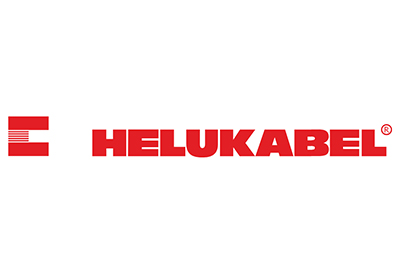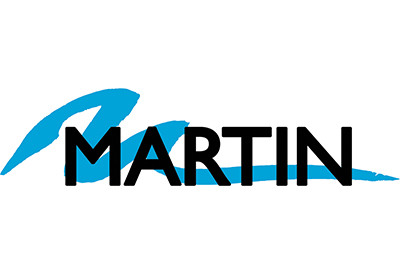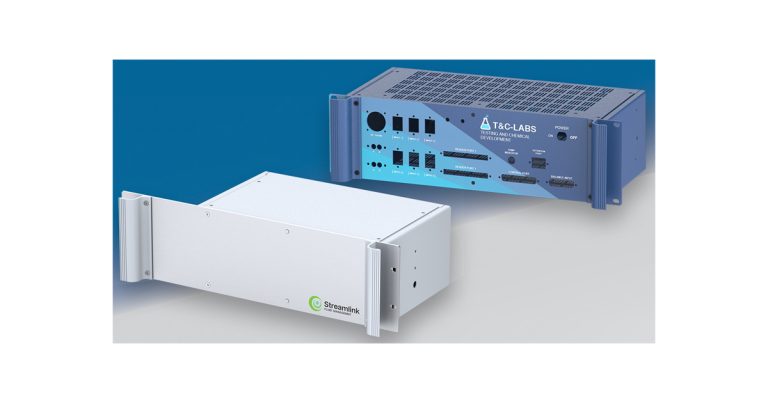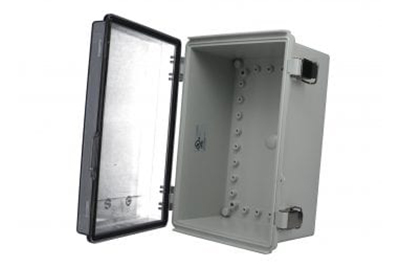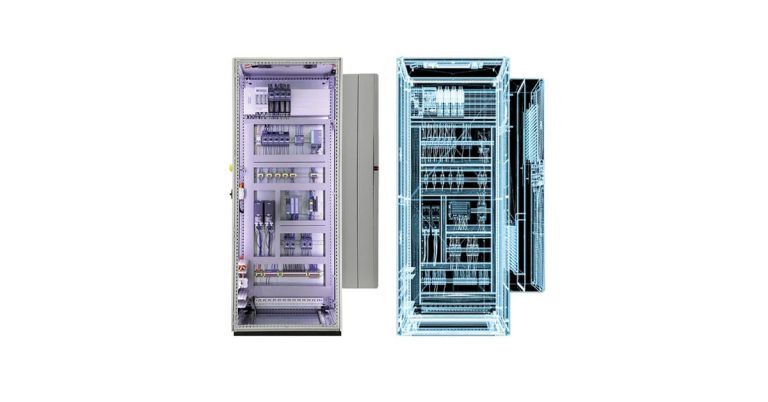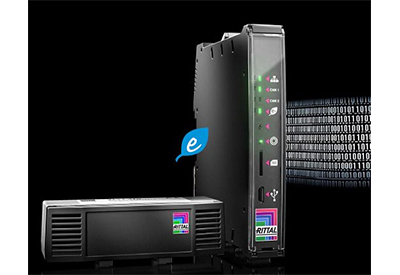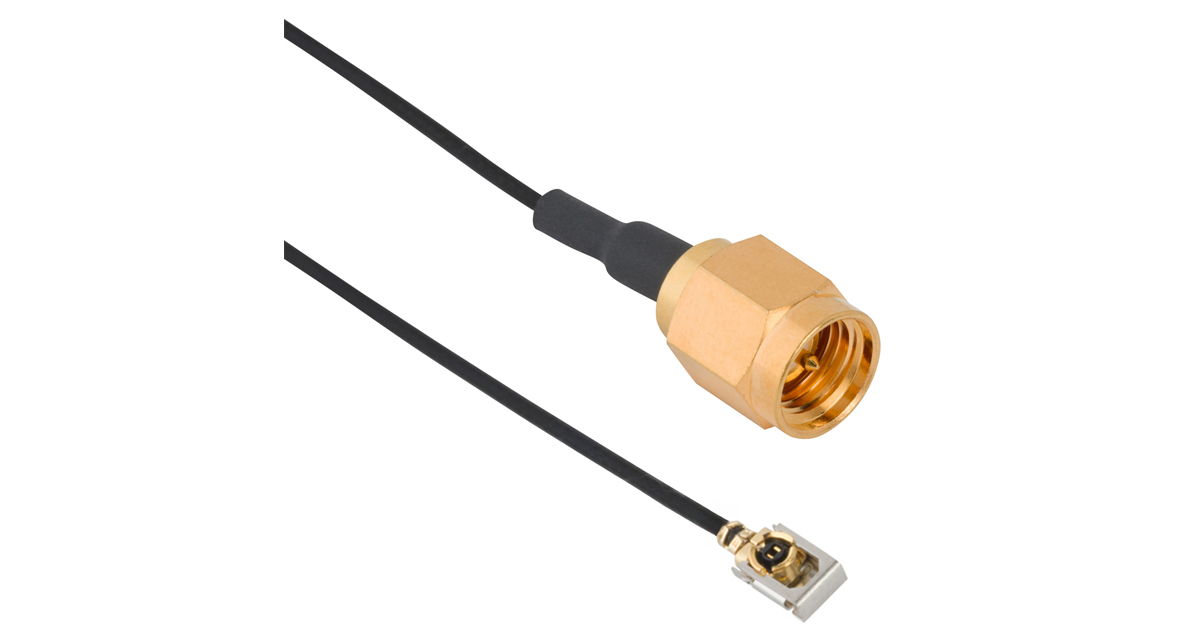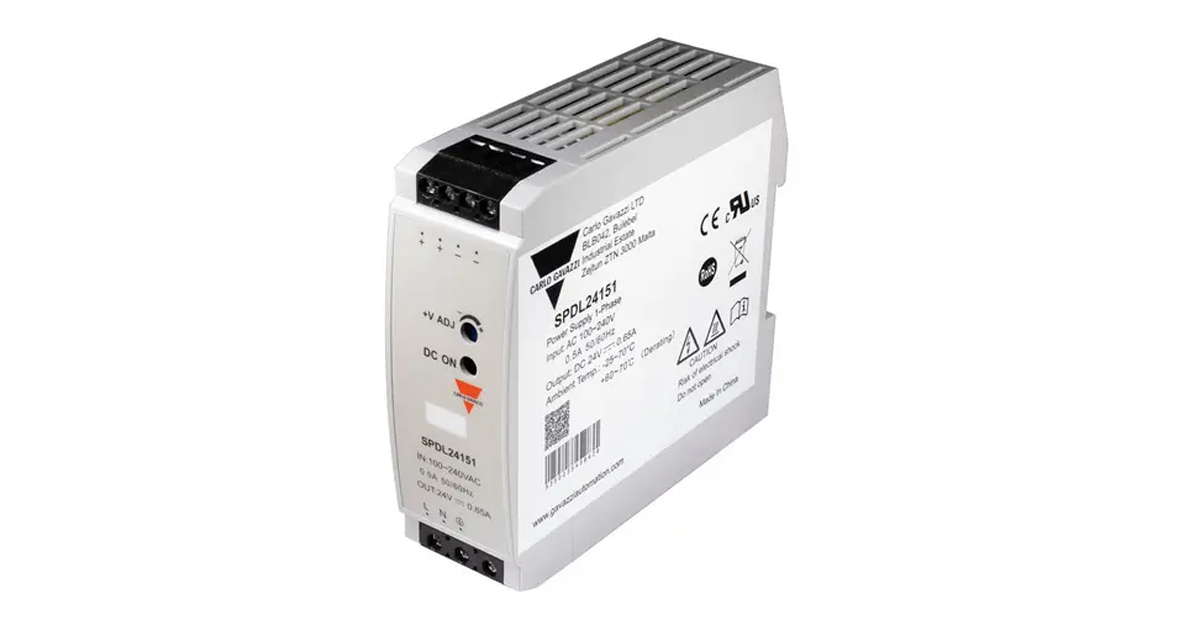Precision Accuracy in Microfluidics Instrumentation: Why the Right Enclosure Matters
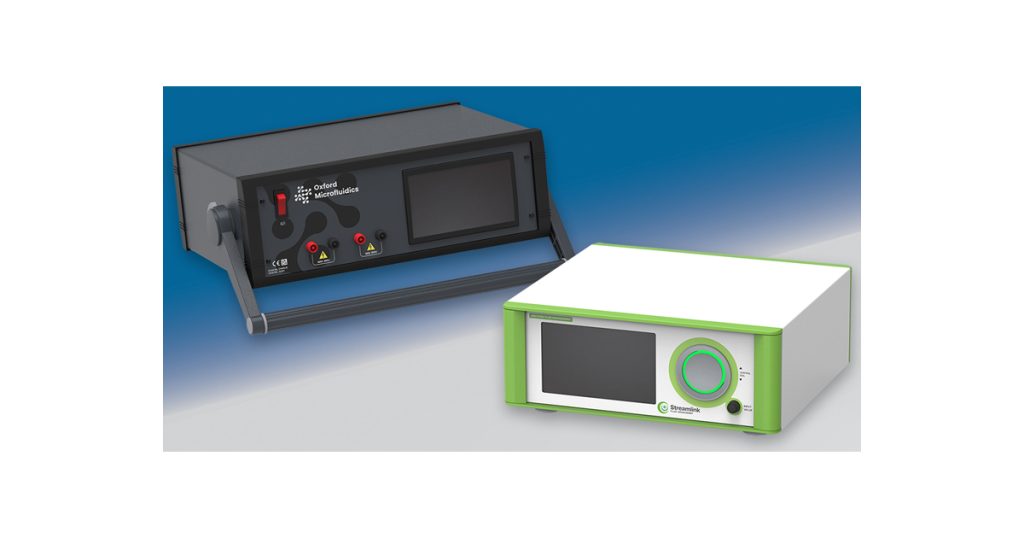
November 5, 2024
WHY ALUMINUM ENCLOSURES FOR MICROFLUIDICS INSTRUMENTS
Laboratory instrumentation is almost always highly sensitive – and microfluidics devices are no exception. But that’s hardly surprising given the need to control cellular microenvironments with such high spatiotemporal precision.
Manipulating and controlling fluids in sample volumes sufficiently small for lab-on-a-chip applications – perhaps to one-trillionth of a litre – requires absolute pinpoint accuracy. And the exacting demands placed on the electronics also apply to the enclosures safeguarding them.
Aluminum enclosures are usually preferred because of their strength, durability and corrosion resistance – and because of their non-reactivity with most laboratory chemicals. For microfluidics applications, the enclosure must resist potential splashes and vapours from solvents and acids in particular. Some materials, such as polymers, may absorb chemicals or react with solvents – altering microfluidic properties.
CHALLENGES FACING DESIGNERS OF MICROFLUIDICS INSTRUMENTATION
Designers of electronics for microfluidics must contend with an unenviable array of obstacles and challenges: fluid control and stability, surface tension (and unintended capillary action), evaporation, efficient mixing at microscale. No wonder miniaturization of detection methods can be difficult. And that’s just the start…
Precise control over pressure and flow rates can be tricky too – especially if you’re facing channel blockage by microscopic particles or bubbles. And then there are the signal-to-noise ratio issues. Small sample volumes typically mean low signal strength. Ensuring high signal strength while reducing background noise can be a difficult balancing act.
All this can lead to variability in device performance. And that’s before you consider any hurdles relating to biocompatibility (damage to or denaturing of biomolecules or cells) or biofouling that alters flow dynamics, reaction rates and sensitivity.
Put simply, you have enough worries – so your device’s enclosure shouldn’t be one of them. A well-engineered housing can help to solve issues relating to device stability, ensuring high-precision microfluidics measurement. And you can rest assured that test and measurement is a key area of excellence for METCASE.
WHAT MAKES A GOOD MICROFLUIDICS INSTRUMENT ENCLOSURE?
The answer is simple: precision quality. Microfluidics systems rely on meticulous levels of fluid control. So the enclosure must be manufactured to tight tolerances to avoid any possible misalignment that could affect functionality and accuracy.
All METCASE instrument enclosures are engineered to the highest quality – and it’s premium TECHNOMET redefines the genre with fine tolerances usually found only in molded plastic housings. Diecast front and rear bezels fit flush with the main case, ensuring perfect alignment and underlining the aesthetics of these elegant enclosures.
Microfluidics systems may generate heat – especially if there are associated electronics or micro-pumps. Therefore, the device may need vents or cooling fans. Heat sinks or passive cooling features should be built in, allowing heat to dissipate without affecting sensitive fluids or electronics. METCASE can add custom inserts and/or fixings within the enclosure; it can also machine corresponding ventilation slots in the main casing. For the record, some models come with ventilation as standard.
Vibrations can affect precision in microfluidics instrumentation. Even minor variations can disrupt fluid flow or interfere with mixing and separation. Internal components may require specific mounts or brackets for tubing, pumps or sensors to prevent movement.
So the enclosure should offer stable mounting points and anti-vibration feet. METCASE desktop/tabletop instrument enclosures are supplied with non-slip rubber feet as standard. Other options include tilt-leg feet that enable the enclosure to be inclined at an angle for easier viewing of displays and operation of controls.
And given that microfluidic systems often use sensitive electronic controls, the enclosure should also be designed to provide shielding from electromagnetic interference (EMI). Aluminum enclosures suffer less from EMI/RFI than their plastic counterparts but they are not completely immune.
EMI/RFI weak points can include seams, joints and also openings for cables and connectors. Conductive materials and good earthing are essential. Many METCASE enclosures have earthing studs on every panel. And if they’re not standard on your chosen model, they can easily be specified as a custom fitting.
View the full range of METCASE instrument enclosures >>
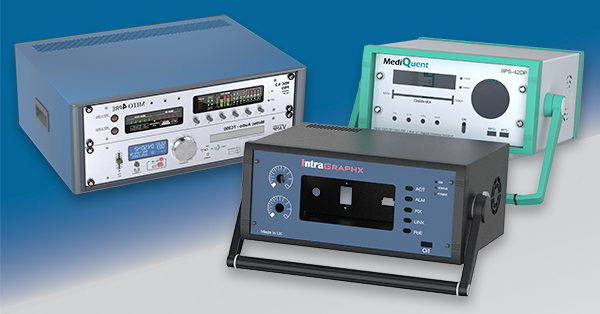
SPECIFY CUSTOMIZED ENCLOSURES FOR MICROFLUIDICS INSTRUMENTATION
All METCASE enclosures can be supplied fully customized so they can go from your Goods In to your production line, ready for the installation of your electronics. METCASE carries out all customization work in-house to ensure optimal quality and complete accountability. This also saves you time and money.
METCASE enclosure customization services include:
- bespoke sizes – custom heights, widths and depths
- custom front panels – the typical minimum order quantity is 10 pieces, based on the size of the panel
- CNC machining – punching, folding, milling, drilling and tapping
- fixings and inserts – choose from a wide selection of studs, standoffs, nuts and cable tie mounts
- custom colors (powder coating, wet painting) – with no extra charge for painting METCASE’s standard enclosures in one of it’s stocked paints
- photo-quality digital printing of legends, logos and graphics.
Find out more about METCASE’s customization services >>


